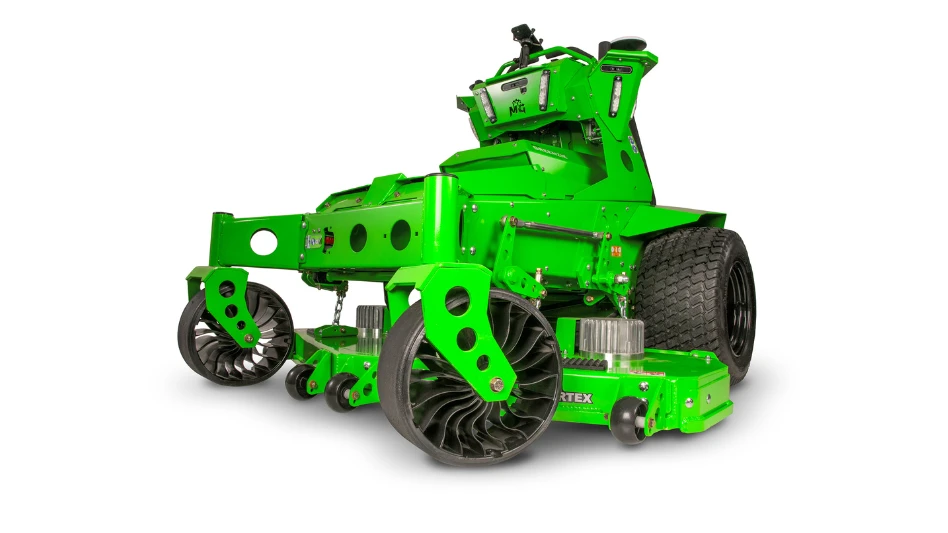For the last three years, Steve Wise has agonized over purchasing business software for his landscape company.
Wise’s legacy system could no longer keep pace with the growth at James- town, Ohio-based Scapes. “The software I have now is pretty basic and is easy to work with,” he says. “But it’s not in-depth enough to track customer information and allow me to see how my business is performing.”
In the landscape industry, business software includes everything from routing programs and design software to accounting and billing applications, as well as basic office programs such as word processing and spreadsheet management. Ideally, Wise has hoped to find an all-encompassing business software program, and he wants a system that will interact with his design software. While he has done his due diligence, his three-year technical odyssey may have set his company back.
“Business software is not cheap and I didn’t want to invest $10,000 in software to discover that I needed to invest another $10,000 to get everything to work correctly,” he says. “This has hamstrung my business a bit because I don’t have a permanent system set up. The existing program I’m using is OK, but it doesn’t reflect how well I can take care of my customer.”
Making a smart business software purchasing decision does not have to be difficult. Like acquiring a mower or string trimmer, business software is another component of a landscape contractor’s business tool kit, says Glenn Zior, vice president of operations at CLIP Software, Ijamsville, Md.
It’s easy to see that to cut grass a contractor needs to buy a mower, Zior says. “However, you don’t immediately see the dollars slowly slipping away from your company because of problems that some solid business software could solve,” he says.
In recent years many landscape contractors have taken technology integration more seriously. According to recent Lawn & Landscape research, nearly 57 percent of contractors budget about $5,000 annually for technology, which includes software purchases and upgrades. In addition, about 66 percent updated their business software – including design software, business software and accounting software – within the last year. Lastly, more than 77 percent categorized their technology investments – including software integration – as having made their business processes more effective, and nearly 70 percent believe those investments have paid for themselves.
PROBLEMS AND SOLUTIONS. Similar to buying a zero-turn mower or a skid-steer attachment, software requires thorough research before purchasing.
Along with product research, a landscape contractor needs to answer some specific questions. For example what problem is he troubleshooting with a particular piece of business software. Most software programs are developed to address a broad array of business issues, which is at times contrary to simply seeking one or two solutions.
“Technology is sometimes a solution looking for a problem,” Levine says. “One of the most common complaints a contractor has is that he can’t get the software to do exactly what he wants it to do. He can’t navigate through the various layers of functionality to get to the solution to the problem he originally bought the software for. If the program offers 18 different functions and you only need two, then it may be the wrong product for you.”
Unfortunately, “blanket” software doesn’t exist, Zior says. Instead, a contractor should seek flexibility. However, Zior cautions contractors to avoid the lure of custom-developed software. “I have seen companies go down this route,” he says. “And after spending a huge chunk of cash, they still don’t have what they want.”
Next, have vendors profile the typical person who uses their software. Are they in the landscape industry? Are they small mowing guys or are they large design-build firms?
“If the vendor tells you he typically sells to landscape contractors with 23 crews and you work out of your garage, then this particular product may be overkill,” Levine says.
In addition, Zior recommends inquiring about any ongoing fees for technical assistance or upgrades.
Another key is to test the software. Many developers will distribute a trial version or provide a potential client with limited access to the software for a real-world experience. “You don’t really know what you’re buying until you can use the program firsthand,” Levine says.
During his research, Wise set his sights on a particular suite of business software. From what he read about the product, it seemed like a good fit. Then, he ran the demo.
“It wasn’t until I started using the program that I realized how complicated it was,” he says. “I knew it was going to take a lot of time going over the program with the support people to really begin to learn how I could use it with my landscape operation.”
Zior reminds contractors a software program may reveal inadequacies in their established business practices. “Be willing to change some of your business procedures to best work with the software,” he says.

Explore the January 2008 Issue
Check out more from this issue and find your next story to read.
Latest from Lawn & Landscape
- Connect, Control & Conserve with Horizon Technical Services
- Use Horizon's Parts Hotline
- How I built a Top 100 company
- Horizon’s Exclusive TurfGro Fertilizer
- Grow your business with mosquito control
- LandCare adds 2 branches in SoCal, promotes Aleman to branch manager
- Spray them away
- PERC helps debut propane direct-injection fuel system at ACT Expo 2025





